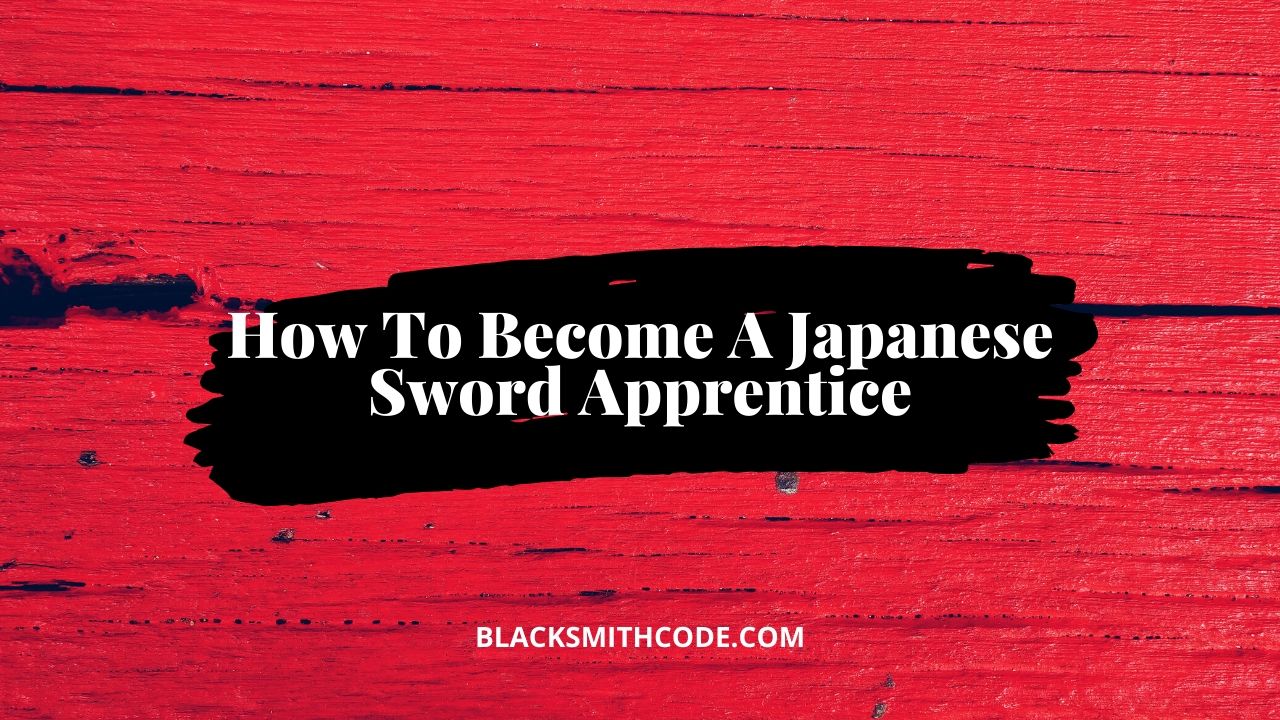Do you have questions about how to forge one of the most creative metal crosses? You have your answer right here. Read on to find out how to forge a troll cross.
Troll cross is an element that is believed by many to ward off evil and trolls. Troll crosses are always forged from iron because there is a belief that iron ward off evils. However, the troll cross evolved to become an assessor over time.
This Viking-themed forge is one of the most exciting forging processes in blacksmithing, and it is one of the favorites of those that fancied blacksmithing in ancient times. The troll cross is one of the few blacksmithing products that have deep archeological history.
The troll cross is often made to be a pendant. It does not have a rigid design, but it has an almost general outlook.
If you are already familiar with blacksmithing processes, then forging a troll cross would be a relatively straightforward process. Nevertheless, if you are a beginner, you can still learn in few easy steps.
Here are simple steps that will help you to forge a troll cross even as a beginner.
Essentials
For the forging process of a troll cross to be successful, some essential materials must the present. These essentials will not only ease the forging process, but it will also help you achieve your desired product.
The essentials involved in the forging process of a troll cross include;
Instructions on How to Forge a Troll Cross

Step 1: Get Your Materials
The first step in making your troll cross is to get your materials ready. The ideal material for this process based on archeological history is metals. For this process, a copper metal will be suitable.

Step 2: Cutting
The next step is to cut the desired length once you have your materials. The width you would be cutting out at this stage will determine the eventual height of the troll cross. Often, the length most blacksmiths use is 6”.

Step 3: Drawing
Once you have your desired length, draw out the end of the wire. Make use of an average-sized ball-peen hammer for this process. Keep drawing out the end of the wire until you have a small point.

Step 4: Heating
Unlike some other forging processes where you will heat only a particular part of the material. Here, you have to heat the entire copper rod. The heating should continue until it becomes red hot.
Note:
Once the material becomes red hot, quench it immediately. The quenching will soften the copper rod; therefore, allowing it to give it the perfect shape you want.

Step 5: Bending and shaping
Now, this stage is critical for the overall shape and design the cross will take. This stage is flexible, depending on the type of form or design you want to create.
Bend your copper rid around a horn, or you can make use of a bending fork. This step is critical because it often determines the final outlook of the product. Shape carefully before the metal goes cold.
Once you are through with the shaping, employ the use of curling pliers to too twirl in the pointing tips of the rod.

Step 6: Finishing
Now, it is time to perfect and fine-tune your work. The finishing can be dependent on the standard of product you want to create. You can also polish the product if you deem fit.
Once you are through with the process, you can attach a cord, leather, or string and attach it around your neck.
FAQs on How to Forge a Troll Cross
Question
Can I correct the shape of my troll cross during the forging process?
Yes. You can correct the shape of your troll cross as many times until you get it right. All you need to do is repeat steps 4 and 5 above. If your bending does not give you the desired shape, reheat, and quench.
Afterward, continue working on the shape of your troll cross until you get it right. However, it is best to carry out the shaping process carefully. Reheating and quenching the material over and over again might be detrimental to the overall quality and output of the product.
Question
HOW DO I GET SUPER GLUE OFF OF QUARTZ COUNTER TOPS?
You will need to use a razor blade scraper to scrape the super glue off of the counter.
Question
Why is the troll cross significant?
Troll cross is one of the few blacksmithing products with archeological history. It is also called Viking troll cross or trolkers in Sweeden and Norway. The product is significant because it is usually worn to ward off trolls and evils according to several folklores.
Question
Can I forge a troll cross from a railroad spike?
Yes. It is possible to forge your troll cross from a railroad spike and other metal scraps. So, you don’t have to worry if you cannot lay your hands on a metal rod. However, you have to beat the railroad spike or other scraps into a rod.
Alternatively, you can proceed with the shaping of the material. If you are using a very irregular material, it is better to beat it to the rod before proceeding.
Question
Do I need an Anvil to forge a troll cross?
Whether you need an anvil for your forging process or not is dependent on the materials you are using. If you already have a piece of rod-like metal, you might not need an anvil. However, if you need to make your material into a rod, you will undoubtedly need an anvil.
Video
Warnings
Taking precautions is essential in the blacksmithing process. Aside from the fact that it would guarantee your safety, it will also improve your product output.
Here are some of the precautions that are important for the troll cross forging process.
- Do not stop the heating process until your copper rod becomes red hot.
- Cut the length of your troll cross with precision.
- Prevent your body from making contact with the heated copper even after quenching to avoid burns.
- Make use of protective gear and observe all blacksmithing safety precautions.





